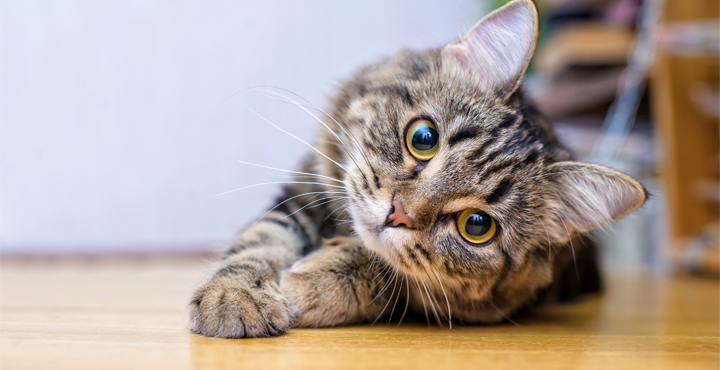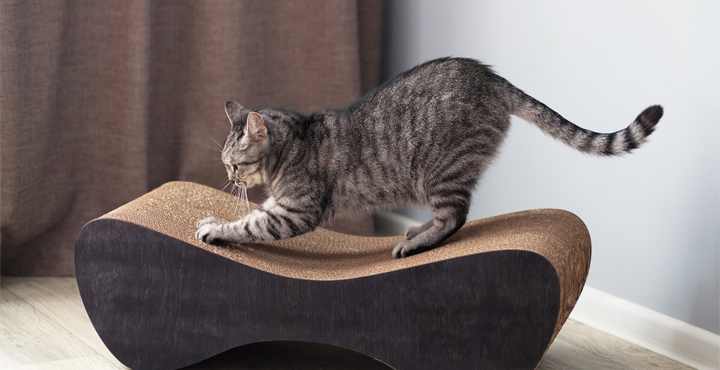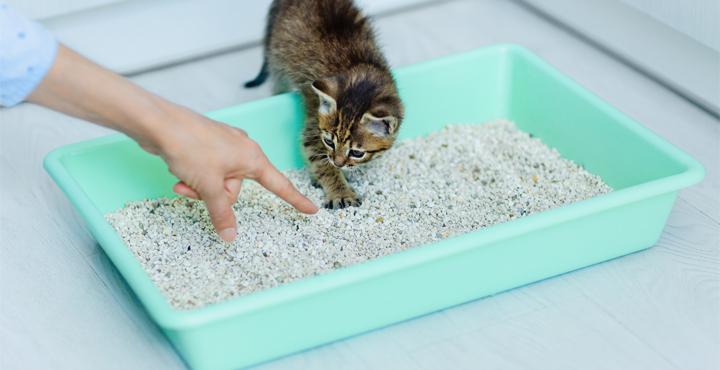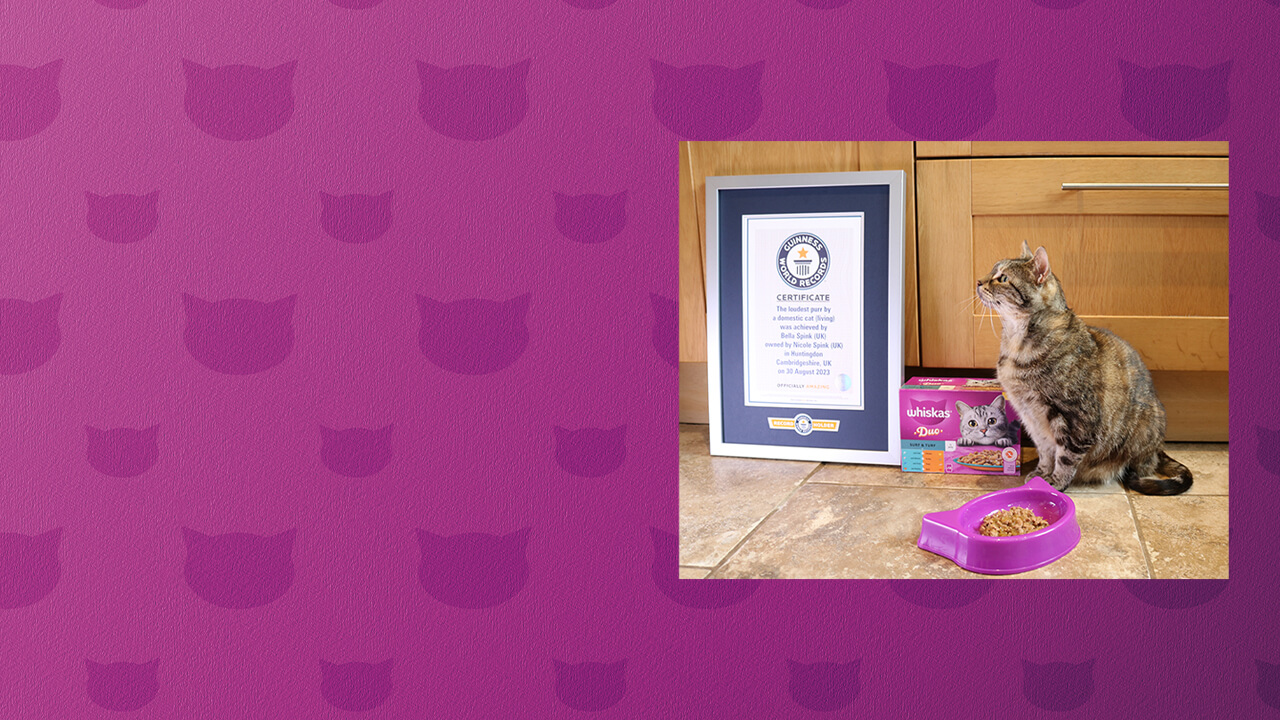
Just like his big cat cousins, your male kitten will have a natural urge to spray and mark his territory. And a female kitten “in season” will probably be noisy and restless, squirming and rolling around on the floor.
Neutering will help prevent this behaviour. Even better, it also has long-term health benefits.
When to neuter
The best time to neuter your kitten – male or female – is at around 6 months old. This is the time when that cute little bundle of fluff becomes sexually mature. Talk to your vet for advice about all aspects of neutering.
Love and affection
Neutering is very straightforward, so you can usually take your kitten home on the same day. They may be slightly groggy after the operation, so let them recover in a quiet area. In fact, they might even follow their natural instinct to hide somewhere in the house where they feel safe. In the wild, big cats retreat to recover from illness or injury, so this is perfectly normal behaviour. Give them plenty of love and reassurance and they should be back to normal in 24–48 hours.
Health benefits
Getting your kitten neutered will help protect and improve their health. This simple procedure will also help to reduce too many unwanted kittens being born.
Getting your kitten neutered will help protect and improve their health.
When to neuterThe best time to neuter your kitten – male or female – is at around 6 months old. This is the time when that cute little bundle of fluff becomes sexually mature. Talk to your vet for advice about all aspects of neutering.
Subscribe to our newsletter to receive a welcome discount, useful tips and exciting news about our products.
Discount code valid until 30.04.2024 on a purchase of WHISKAS® products on www.zooplus.co.uk. Zooplus minimum order £10, code cannot be used in conjunction with other offers or discounts. Code valid for one time use.













